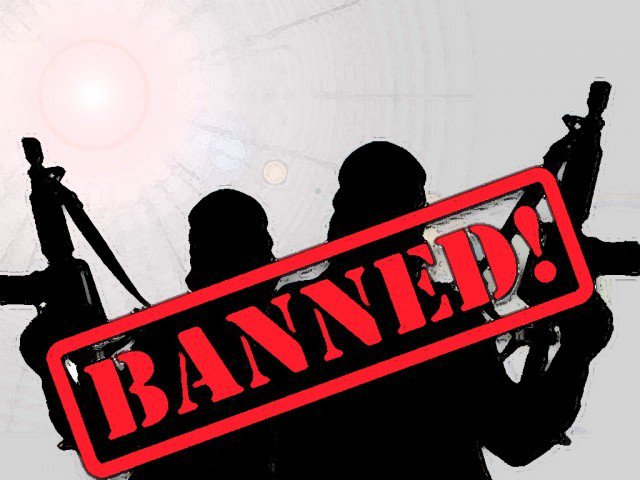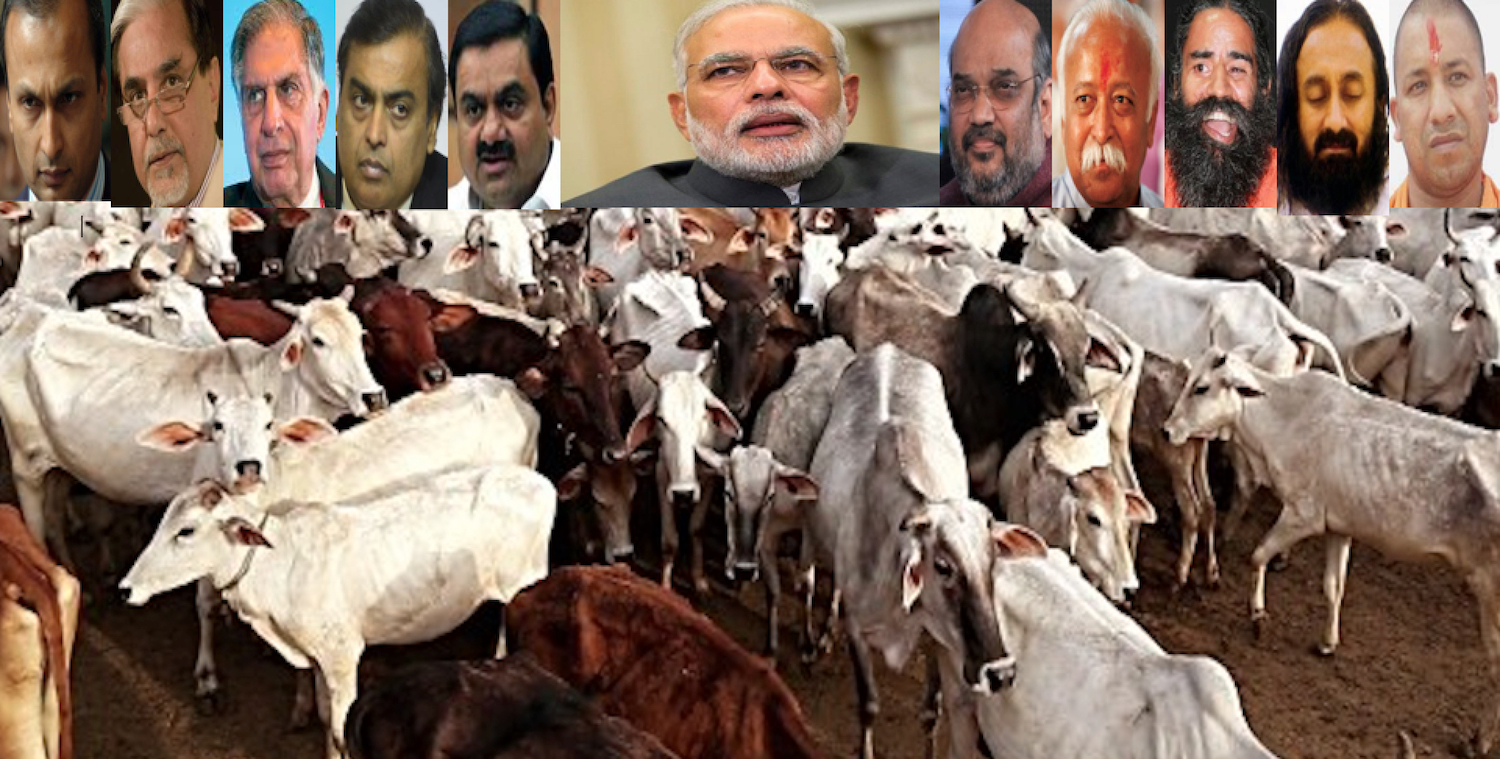
“Expectations of Prime Minister Narendra Modi‘s visit to the United States later this month need to be modulated with stiff doses of reality. Structural weakness in the United States means that it cannot offer much; and what can be offered is further limited by India‘s inability to leverage it to advantage”, says the author.

In contrast to the last few years, there is a perceptible shift in the dynamics of the relationship between the two counties. Although President Barack Obama had developed a warm and personal relationship with former Prime Minister Manmohan Singh, the latter’s manifest political weakness meant that this personal chemistry yielded few tangible results.
Now, when Mr. Modi heads to the United States, the shoe is on the other foot. While the jury is still out on his domestic policies and programs, there is little doubt that he has shown purpose and dexterity on the foreign policy front – both wooing and lining up suitors – while the United States has by and large remained a bystander. A confident Indian prime minister faces a beleaguered and distracted United States president.
On the domestic front, President Obama’s dreadful relationship with the Republicancontrolled Congress has stymied him at every step. And on the international front, he is distracted by crises – from Ukraine to the West Asia to the South China Sea – where the limits to American power are palpable and its mystique is eroding. The emerging structural weakness of American power means that a key lubricant of power in the modern age – money to underwrite programmatic initiatives – is simply not there. Both Japan and China are willing to commit – at least in principle – to considerable amounts of money to build India’s infrastructure. Of course, there is self-interest involved on the part of both governments.
Sadly in the United States’ case, not only are American firms more expensive but government financial support ranges from minimal to non-existent. Even the modest tools that the United States has such as the Exim Bank face the threat of being shut down by a Congress unwilling to renew its charter. To take another example, the United States and India may differ on the specifics of controlling carbon emissions, but both have a common interest in undertaking serious research on mitigation and adaptation.
Not only is there little money to develop new initiatives, instead, economic fears are keeping the pot bubbling on major irritants in the relationship – such as the United States Trade Representative (USTR)’s crusade on pharmaceutical intellectual property rights, or the unwillingness to sign a tantalization agreement, or periodically vilifying the H1-B visa program. Money is not the answer – but it is helpful in finding answers. The structural weaknesses of the United States are compounded by a perceptible lacuna in American bureaucratic resources – both number and competence – devoted to India.
From the White House to the State Department to the Treasury, the leadership and personnel resources related to India are extremely limited. The trend toward centralizing foreign policymaking in the White House has not been matched by a strong advocate of India within the White House of sufficient stature. In the same vein, the absence of a United States ambassador to India (indeed no one has even been nominated as yet), even after a less than stellar stint for the previous ambassador, speaks volumes of United States’ priorities.
Indeed if bureaucratic resources devoted to a country are any measure of “revealed preference” on how important the country is on the United States government radar screens, then in this administration the paucity of resources is pretty damning. And where resources are committed, as in USTR, India is seen as enemy number one. One could argue that India is itself to blame, having shot itself in the foot with illadvised policies over the last few years, and America’s tepid interest is its logical outcome.
But to the extent this is true, great powers do not stay great for long if they are primarily reactive. Compounding these shortcomings is a state department that still devotes considerable resources on well-publicized annual reports on “worthy” issues ranging from religious freedom to human trafficking to human rights, whose hectoring report-card tone might please domestic constituencies but almost certainly raises hackles with emerging powers like India.
Prison populations or gun-related deaths are also worthy causes – but if emerging powers write annual reports on these issues, it would hardly be helpful in strengthening their relations with the United States. Unfortunately, where America has strengths, India has weaknesses. There are a range of issues where India has a lot to gain by partnering with American institutions. Take higher education or building “smart cities”.
But who would want to partner in higher education when the Indian regulatory institutions are All India Council for Technical Education and University Grants Commission? And with the 74th amendment effectively gutted, cities in the United States do not have effective counterparts, since power continues to be concentrated at the state level. This is not to say that there are areas where India cannot seek help from American public institutions.
The Centers for Disease Control and the National Oceanic and Atmospheric Administration are two excellent institutions that can help India build capabilities in important areas (epidemiology and weather modeling). The heavy lifting in deepening the relationship will have to come from the two singular strengths of the American system: defense production and private-sector investment. In both cases, India needs help – but can only leverage American strengths if it moves rapidly to remove the multiple bottlenecks that have limited the potential gains.
India’s stance on defense production has been that we would rather have our armed forces poorly equipped, and if not, give you money – lots of it, often in dubious ways – rather than have firms set up production facilities in India. There are few policies in India that have been as incredibly selfdefeating as defense procurement. Given the fiscal pressures facing western defense contractors, India is in a much better bargaining position to invite them to set up shop within the country. And the United States has to consider whether it would rather keep the multiple controls on technology transfer – especially on nonstrategic weaponry – or allow a core strength to be drained away to competitors.
But the bedrock of the relationship will have to be the private sector. That will require regulatory certainty, an improved macroeconomic environment and swifter policy implementation on the Indian side. Both sides have certain weaknesses that could limit the private-sector partnership. In the United States’ case, some business sectors are too close to certain agencies of the United States government (the pharmaceutical sector being a prime example), leading the government to mistake the sectoral trees for the forest of the overall relationship.
In the Indian case, the selfconfidence of the CIIs and FCCIS notwithstanding, the private sector simply lacks any strategic vision. Whether that can (or will) change remains to be seen. For these reasons expect a lot of pomp and professed bonhomie from this trip. But as regards substance, lower your expectations.





Be the first to comment